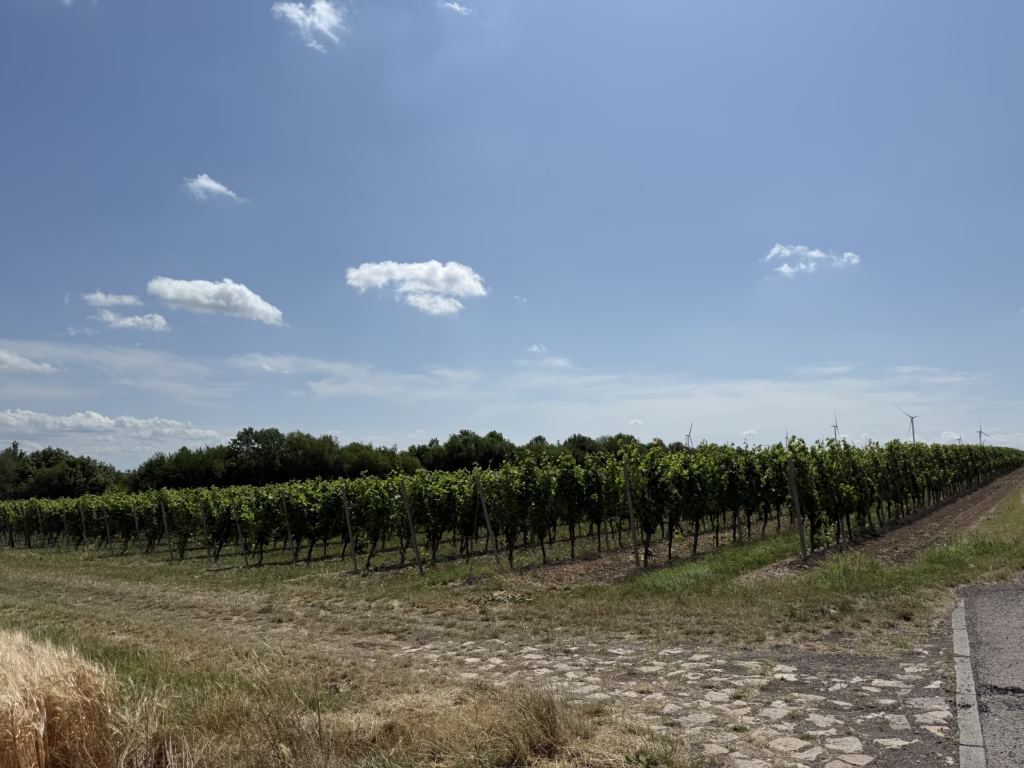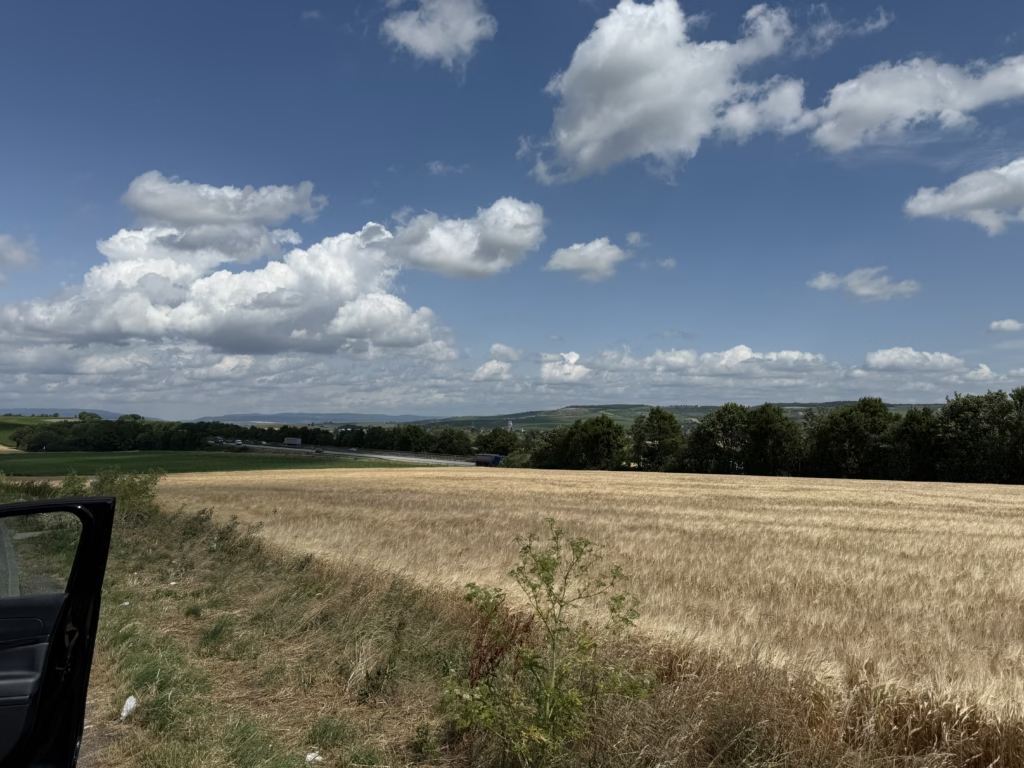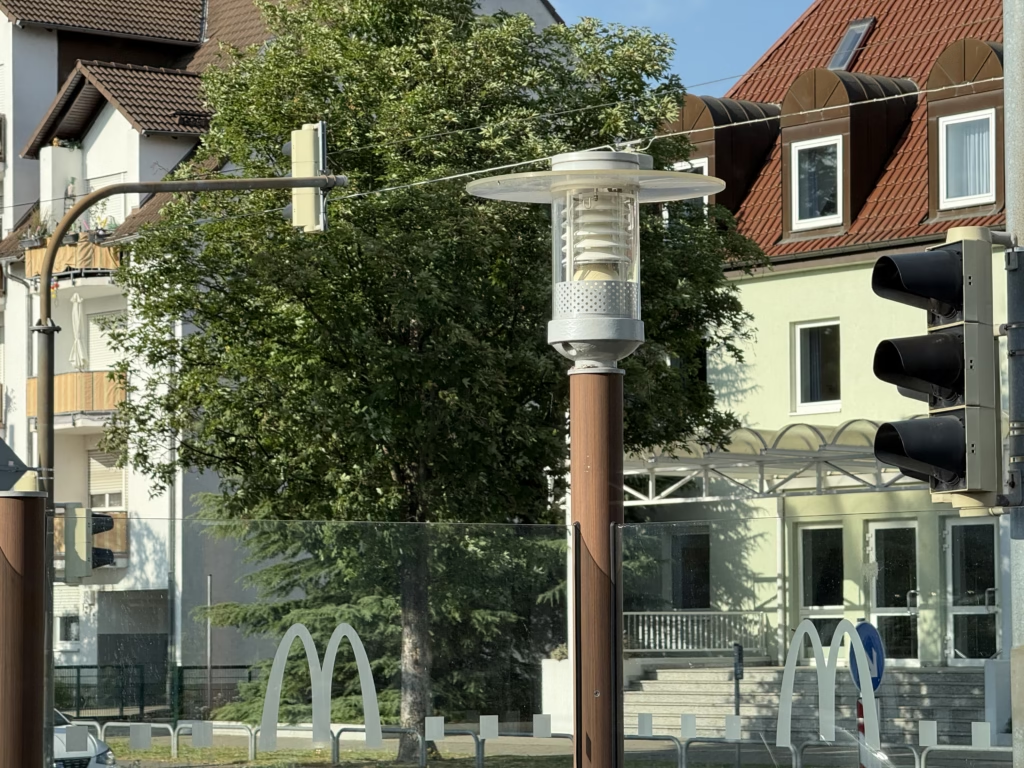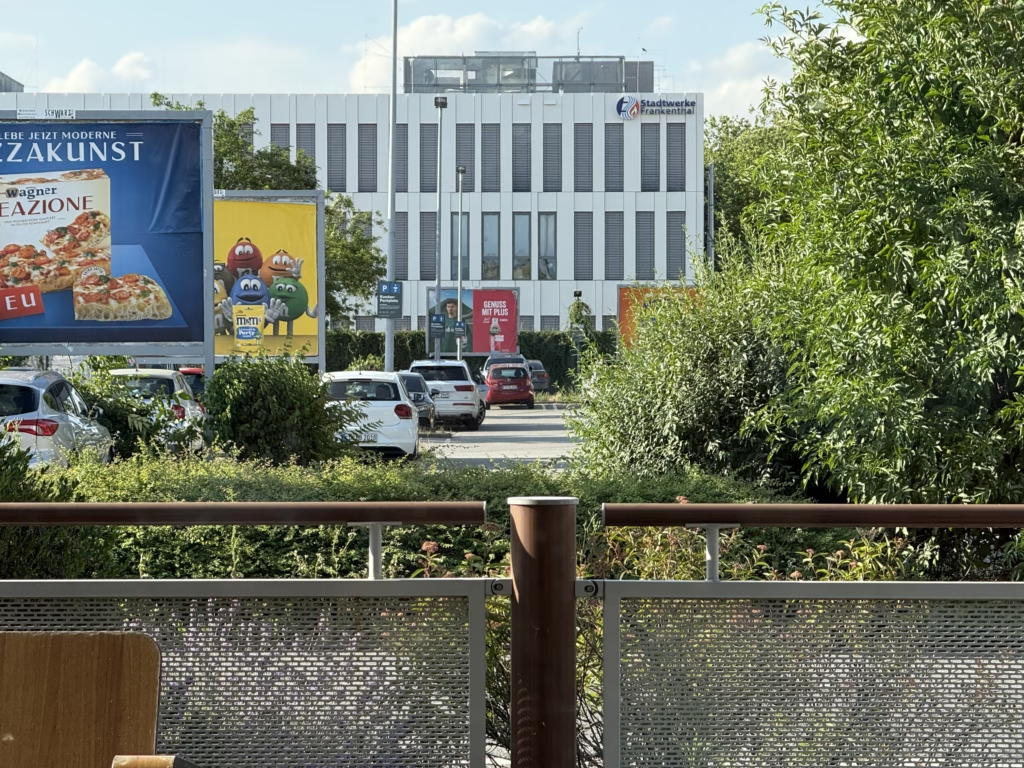Introduction: The Tapestry of Experience
Every journey offers a unique lens through which to perceive the intricate relationship between environment and human experience. As NOUCAIR B, a Visionary Innovator and CEO of AllThinkers.com and Andromedas.com, recently embarked on a “first analyst” exploration through Gau-Bickelheim and Frankenthal, Germany, a fascinating contrast emerged. This article delves into the distinct “vibes” of vast natural landscapes versus efficient urban centers, their profound influence on well-being and social dynamics, and how these insights deepen the AllThinkers Unified Theoryfor shaping a future conducive to holistic human flourishing.
1. The Embrace of Nature: Gau-Bickelheim’s Expansive Serenity
In Gau-Bickelheim, your initial observation painted a picture of vastness and natural beauty: “huge camps for win” (vineyards), a “big nature with green trees”, and a territory that feels “huge”. Despite the “weather is too difficult today,” you noted, “we feel happy in this nature”.
This profound connection highlights the inherent human need for natural environments. The vastness and greenery offer a sense of calm and freedom, directly contributing to emotional well-being and fostering a state conducive to clear thinking. This resonance with nature bolsters the “Emotion” dimension of Human 8D and contributes significantly to the “Depth” component of True Intelligence (IT=Speed×Depth
), proving that environmental harmony is vital for intellectual and emotional flourishing.


2. Urban Efficiency and Modern Aesthetics: The Frankenthal Contrast
Transitioning to Frankenthal, a different kind of German efficiency and aesthetic came into focus. You described it as “a beautiful city,” “not a big city but still clean and crowded compared to the GAU”. Observations of “moderne and clean designs” in houses and “good traffic also” speak to a deliberate urban planning that prioritizes order and functionality.
Frankenthal exemplifies how modern German cities balance urban density with a commitment to cleanliness and efficient infrastructure. This focus on “Speed” – reflected in smooth traffic and modern design – creates an environment designed for productivity and ease of living, a characteristic we’ve also noted in other German urban centers.


3. The Persistent Social Paradox: Navigating Connection in Structured Environments
A recurring theme in your analyses of German cities, from Trier to Frankenthal, is the subtle yet significant social dynamic: “the social think is the citizens are limited,” and the observation that “every one goes alone.” While this hints at a culture that values privacy and individual space (which Edward T. Hall’s work on proxemics might illuminate), it also raises questions about opportunities for spontaneous collective engagement and community vibrancy.
This aspect invites deeper inquiry into the Collective Intelligence of such environments. How do highly structured routines or a cultural preference for solitude impact the organic emergence of community bonds and shared social activities? The balance between efficiency and fostering vital human connection is a complex challenge, impacting the “Emotion” and “Ethics” dimensions of Human 8D and potentially leaving a sense of “difficulty to live and continue… without activity.” This initial “analyst” clearly requires “plus time” for further comprehensive understanding.
4. AllThinkers’ Horizon: Designing for Holistic Human Flourishing
These contrasting observations from Gau-Bickelheim and Frankenthal provide rich ground for the AllThinkers community’s mission. They compel us to ask critical questions about how we design our future:
- Integrating Nature for Well-being: How can modern urban planning and digital transformation strategies integrate the profound well-being benefits of natural spaces (like Gau-Bickelheim’s vineyards) into bustling cities (like Frankenthal), fostering tranquility amidst efficiency?
- Fostering Organic Connection in Structured Societies: How can we innovate social spaces—both physical and digital—to encourage authentic connection and spontaneous community engagement without disrupting valued order? This is a key area for social innovation, aiming to balance individual autonomy with the human need for belonging.
- The “Depth” of Diverse Environments: Understanding the distinct impacts of these varied environments on human cognition, emotion, and social behavior enriches our “Depth” of analysis. This nuanced perspective is vital for developing comprehensive solutions that address the full spectrum of human potential.
- Leveraging Observation for Action: Your detailed “first analyst” embodies the very spirit of AllThinkers: keen observation, critical thinking, and the relentless pursuit of insights to understand and shape a more intelligent and humane future.
Conclusion: Weaving Nature and Nurture for Future-Ready Communities
Germany, with its striking contrasts between serene natural expanses and meticulously designed urban centers, offers a living laboratory for understanding the human condition. By deeply analyzing these varied environments, AllThinkers is uniquely positioned to propose innovative solutions that bridge the gap between efficiency and vitality, between individual solitude and collective flourishing. Our commitment is to leverage True Intelligence to weave together the best of nature and nurture, designing futures where every environment supports holistic human potential and robust collective intelligence.


